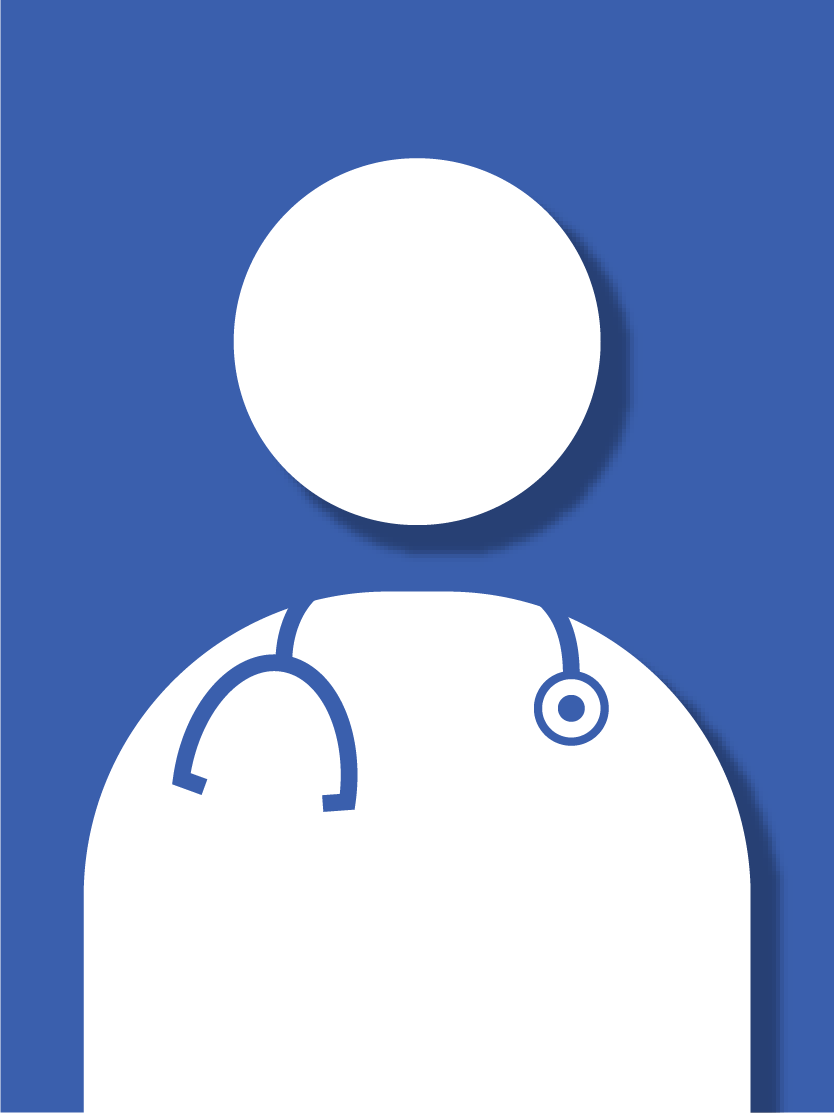Deep vein thrombosis (DVT) occurs when a blood clot forms in a blood vessel, usually in the legs, blocking blood flow. DVT can cause leg pain and swelling, but sometimes there are no noticeable symptoms.
You can get DVT if you have certain medical conditions that affect how your blood clots. Sitting or not moving for long periods can also cause a blood clot in the legs. When large blood clots in the veins break loose, they travel through the bloodstream and may get stuck in the lungs. This type of clot is called a pulmonary embolism (PE) and can be a life-threatening condition.
Because DVT can lead to serious conditions like a pulmonary embolism, it is important to get treatment right away. The experts at the Comprehensive Vascular Clinic at the UK Gill Heart & Vascular Institute offer diagnosis and treatment for DVT and other vascular conditions to patients in Kentucky.
Up to 30 percent of people with DVT don’t have symptoms, and sometimes the symptoms are mild and may not raise concern. The most common signs or symptoms of DVT/PE include:
- A feeling of warmth on the affected area
- Change in skin color on the leg, such as red or purple
- Chest pain
- Pain or tenderness in your leg or arm (may only happen when standing or walking)
- Swelling of your leg or arm (sometimes this happens suddenly)
Call your healthcare provider right away or go to the emergency room if you have symptoms of DVT. Don’t wait to see if your symptoms go away. Get treatment to prevent serious complications.
Anything that prevents the blood from flowing or properly clotting can cause a blood clot. The main causes of DVT are damage to a vein from surgery or inflammation and damage due to infection or injury.
Other causes and conditions that can increase your risk of a DVT include:
- A history of DVT in yourself or your family
- Autoimmune diseases
- Being overweight/obese
- Limited blood flow due to injury, surgery or immobilization
- Not moving for long periods of time
- Pregnancy
- Smoking
Maintaining a healthy lifestyle can help prevent DVT. Talk to your healthcare provider about the steps you can take to stay healthy.
- If you smoke, quit. Smoking can increase your risk for heart attack and stroke. Avoid vaping and secondhand smoke as well.
- Stay physically active. Try to get at least 30 minutes of moderate exercise five days a week. Talk to your provider about what exercises are good for you. Be sure to watch for signs that your heart is working too hard. If you become short of breath or dizzy while exercising, stop and rest.
- Watch your weight. Take steps to reach and maintain a healthy weight.
Some risk factors for DVT can’t be changed, while others are related to lifestyle habits.
Risk factors for DVT include:
- A personal or family history of DVT or PE
- Being over 60, although DVT can occur at any age
- Being overweight or obese
- Increased substances in the blood – resulting from some cancers and cancer treatments – that cause clotting
- Genetics, such as DNA changes in some people that cause the blood to clot more easily
- Inflammatory bowel diseases, such as Crohn's disease or ulcerative colitis
- Injury or surgery
- Sitting for long periods, such as when driving or flying
- Pregnancy, with the risk of blood clots continuing for up to six weeks after a baby is born
- Smoking
- Taking birth control pills or hormone replacement therapy
The prognosis for DVT depends on several factors, including your overall health. Diagnosis requires immediate treatment to restore blood flow and improve the chances of a positive outcome and recovery.
A DVT can take several months to a year to come apart. So, you will need to keep taking blood-thinning medicines as instructed and keep wearing compression stockings until your provider tells you to stop.
You may need blood tests to ensure you’re getting the right dose of blood thinners. Your provider may want to schedule more ultrasounds later to find out if your blood clot is still in the same place, improving or getting larger.
Many DVTs will resolve with no complications. But the risk of a DVT happening again is high. Tell your healthcare provider if your symptoms return. You should also tell them if you’re bruising too easily or have heavy periods.
In most cases, your first visit to UK HealthCare Comprehensive Vascular Clinic is a time of education and introductions. You meet members of your care team and learn about detecting, treating and managing your vascular condition.
Diagnosing vascular disease is a unique process that requires detective work. One of the most important steps toward diagnosis is listening to your story. Your team will ask a lot of questions about your symptoms and medical history. The goal is to gather all the information that can help pinpoint the source of your vascular issue.
Along with discussing your medical history, you will undergo a physical examination. Your care team will then be able to determine the proper next step to take on your diagnostic journey.
When appropriate, your team may prescribe one or more diagnostic tests. These tests typically take place on a different day, and your care team helps schedule them at your convenience. In some cases, you will undergo an ultrasound or other testing as part of your initial visit.
When coming to your first vascular appointment, plan to do the following:
- Arrive early. You may need to fill out paperwork when you arrive. Getting to your appointment early ensures you have time to complete paperwork without feeling rushed.
- Bring a current list of medications or supplements you take. You should also list any previous surgeries, symptoms you’ve experienced and other past health issues.
- Dress comfortably. Working toward a diagnosis takes time. Comfortable clothes help you remain relaxed and attentive throughout your visit. They also make it easier for your team to perform your physical exam.
- Eat and drink normally. In most cases, you won’t undergo imaging or other testing at your first visit. Therefore, there are no dietary restrictions. If specialized testing is part of your first visit, a team member will call to explain any dietary restrictions to follow for your visit. We will also mail you a letter with instructions.
- Have your insurance information on hand. UK HealthCare accepts most insurers, and financial assistance is available.
- Request a loved one to join you. Bring a family member or friend with you to take notes and ask questions you may not think of asking.
Where we are
UK HealthCare Comprehensive Vascular Clinic is located at 740 S. Limestone on the fifth floor, wing D, room L-504.
Where to park
Please park in the parking garage across the street, which is located at 140 Huguelet Drive. For easiest access, drive to the back of the garage and use one of the parking spots reserved for patients of the Comprehensive Vascular Clinic. Once inside, you can access further assistance at the information desk. Wheelchairs are available upon request.
Our vascular care experts help residents of Central Kentucky and beyond improve their vascular health every day. To improve the future of treatment and management of vascular conditions, they also participate in clinical trials.
At any given time, our staff engages in trials for new treatments and devices that provide better treatment and management of vascular conditions. By offering access to clinical trials, we provide access to vascular treatment not available at many other facilities.
If you’re a candidate for an ongoing trial, your care team will discuss the possibility with you.














